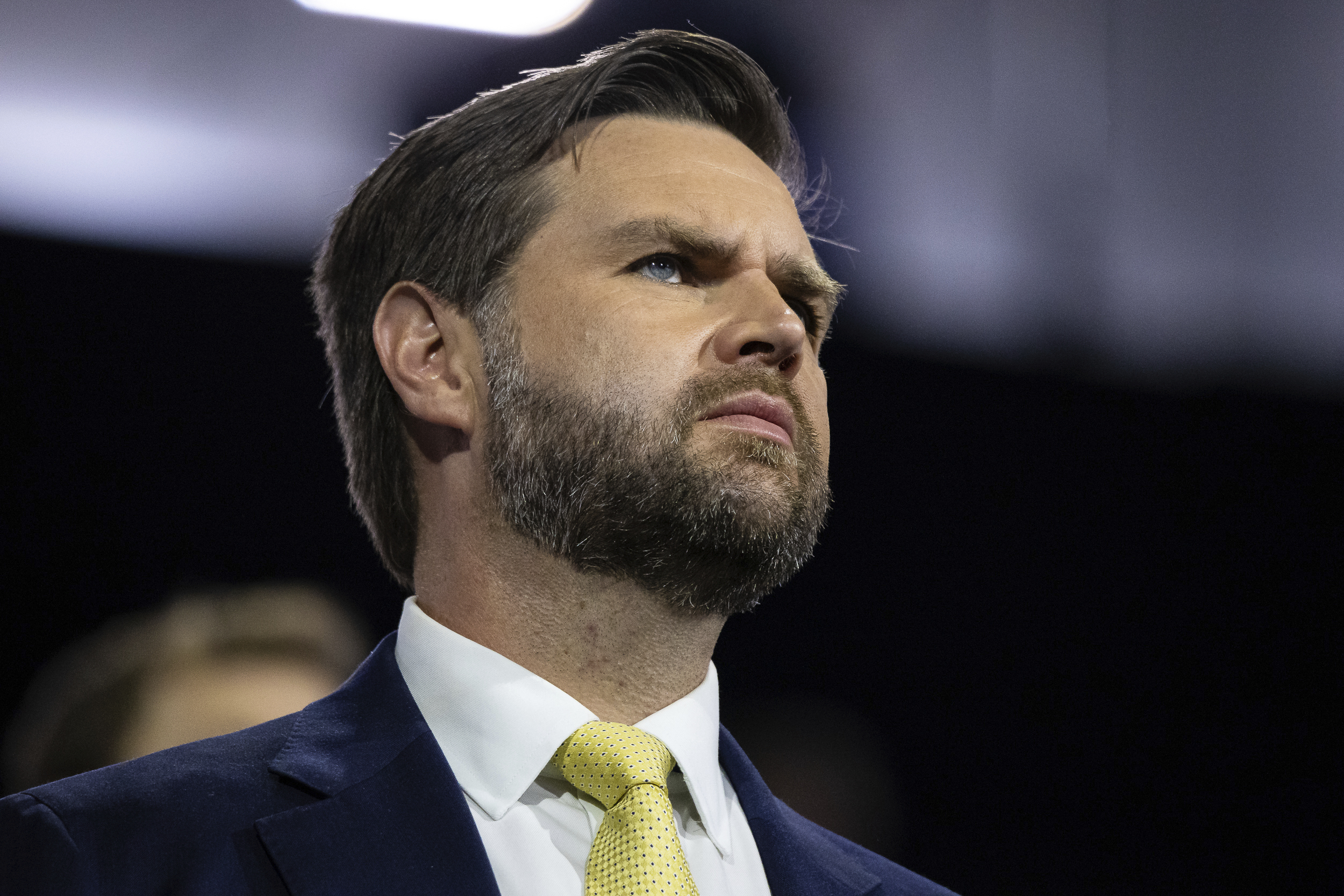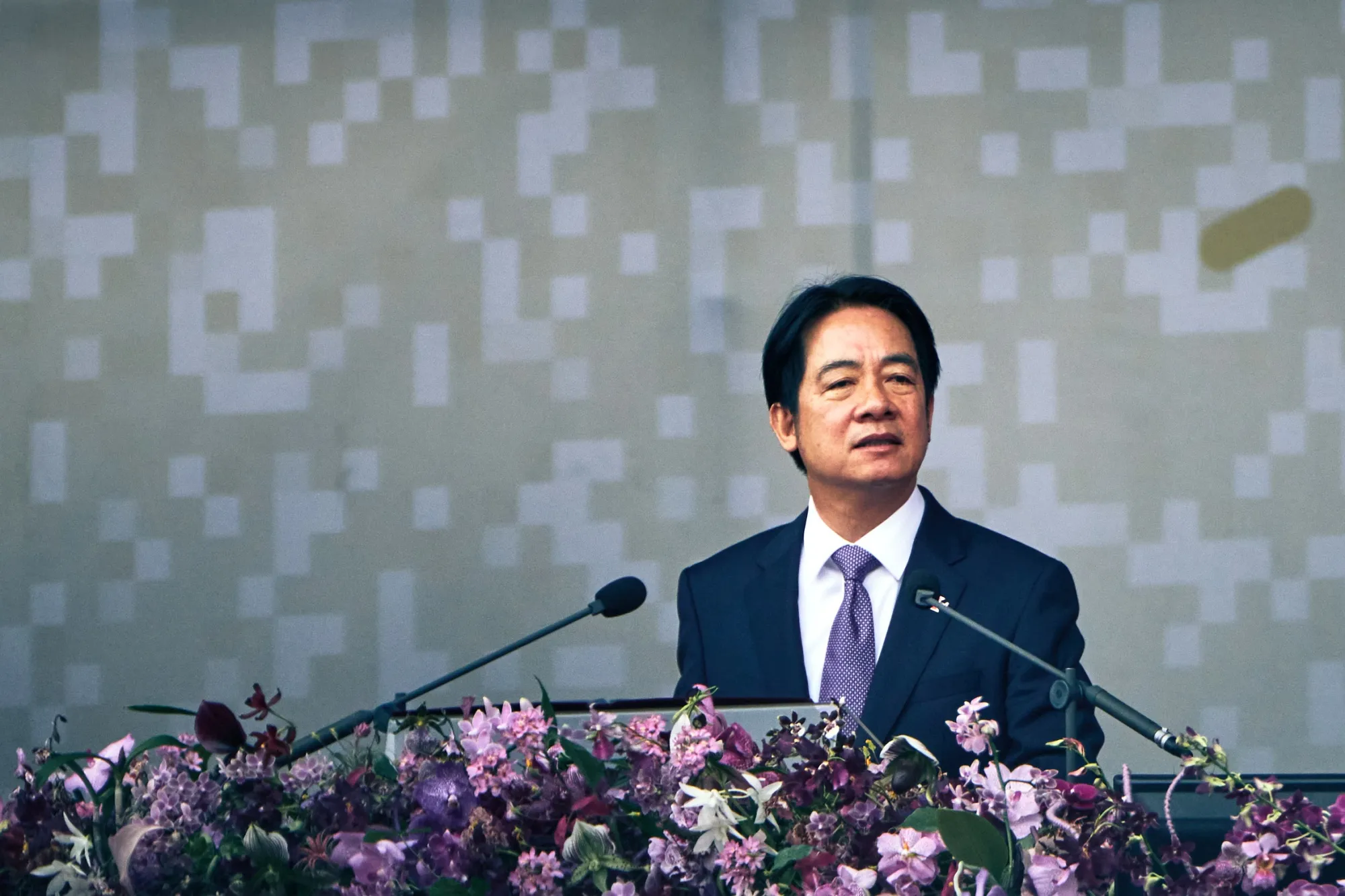Vice President JD Vance, once known for his best-selling memoir Hillbilly Elegy, has emerged as a central figure in the Republican Party’s campaign to promote their sweeping new tax reform legislation. As the Biden years fade into history and a resurgent GOP reclaims the White House and Congress, the tax law marks one of the party’s most ambitious efforts to reshape the economy — and Vance has been entrusted with the task of selling it to the American people.
The Republican-backed tax package, passed narrowly along party lines, represents a bold reimagination of the federal tax code. Combining deep corporate tax cuts, enhanced child tax credits, and major overhauls of capital gains and estate taxes, the law seeks to encourage investment, promote family stability, and stimulate economic growth. Critics call it a gift to the wealthy. Proponents argue it’s the boost the middle class has been waiting for. And now, Vice President Vance is crisscrossing the nation to explain why.
A New Republican Messenger
Vance’s rise to vice presidency marked a generational shift in Republican politics. Young, articulate, and battle-tested in the media spotlight, he brings a distinct Midwestern populist tone to an otherwise corporate-leaning GOP. That tone is now being wielded to defend a policy that, on the surface, seems more aligned with traditional Republican orthodoxy than with the economic concerns of working-class Americans.
Still, Vance is a skilled messenger. Speaking at town halls in Ohio, Iowa, and Pennsylvania, he frames the tax law not as a handout to the rich, but as a long-overdue correction to a broken system that stifled productivity and punished families. “This isn’t about Wall Street,” he told a crowd in Dayton. “It’s about Main Street. It’s about giving moms and dads a little more breathing room and making sure small businesses can grow and hire.”
Key Provisions of the Tax Law
The new tax law is expansive, touching nearly every corner of the economy. Among its headline features are:
-
A reduction in the corporate tax rate from 21% to 17%, designed to attract domestic investment and bring multinational operations back to American soil.
-
An expansion of the child tax credit, increasing the per-child credit and partially refunding it for lower-income families — a nod to Vance’s own advocacy for pro-family policy.
-
Revised capital gains rules, offering lower tax rates on long-term investments to incentivize retirement savings and stock market participation.
-
Reforms to the estate tax, raising the exemption threshold significantly and simplifying inheritance rules, which Republicans argue helps small family-owned businesses and farms.
These provisions are being touted by the administration as both pro-growth and pro-family. Vance has likened the tax law to a “rocket booster for the middle class,” despite economists debating whether the benefits will be so widely shared.
The Challenge of Selling Tax Cuts
Selling tax reform to the public is never easy, especially when the full impact of legislation won’t be felt for months or years. Americans tend to be skeptical of any plan that seems to benefit corporations, and Vance is working hard to counter that perception. In speeches, he points to projected job growth, potential wage increases, and simplified tax filing procedures as evidence that the bill has practical upside for everyday citizens.
He also leans heavily into anecdotal storytelling — families he’s met who could use an extra few thousand dollars each year, entrepreneurs struggling to pay tax bills, and small-town factories facing closure unless investment becomes more affordable. These stories, delivered with his characteristic plainspoken earnestness, aim to put a human face on what is otherwise complex financial policy.
But critics remain unconvinced. Progressive lawmakers have labeled the bill a “trickle-down scam,” warning that the corporate tax cuts will widen income inequality and balloon the national deficit. Vance, for his part, pushes back by arguing that America can’t afford not to incentivize growth in an increasingly competitive global economy.
The Politics of the Road Show
The vice president’s tax tour is also serving another purpose: energizing the Republican base ahead of the 2026 midterms. With control of Congress potentially at stake, the GOP hopes to use the tax law as proof that it can govern effectively and deliver real policy outcomes. Vance’s speeches often double as campaign-style rallies, complete with calls to “take back the country” from bureaucrats and career politicians.
There’s also a personal dimension to Vance’s road show. As a rising star in the Republican Party, his visibility is increasing — and so is speculation about his political future. His defense of the tax law could either solidify his image as a thoughtful policymaker or saddle him with the fallout if economic promises go unfulfilled. Either way, his national profile is growing.
A Bet on the Future
Vice President JD Vance is wagering that this tax law, and the story he’s telling about it, will resonate with Americans tired of stagnation and overregulation. Whether he’s speaking in blue-collar towns or suburban business parks, his message remains consistent: that growth and family are not opposing goals, and that smart tax policy can deliver both.
Time will tell whether the law delivers on its promises. But for now, Vance remains undeterred, speaking to packed rooms and answering tough questions — convinced that, at least in the eyes of the public, policy still matters, and a better economy is worth fighting for.



